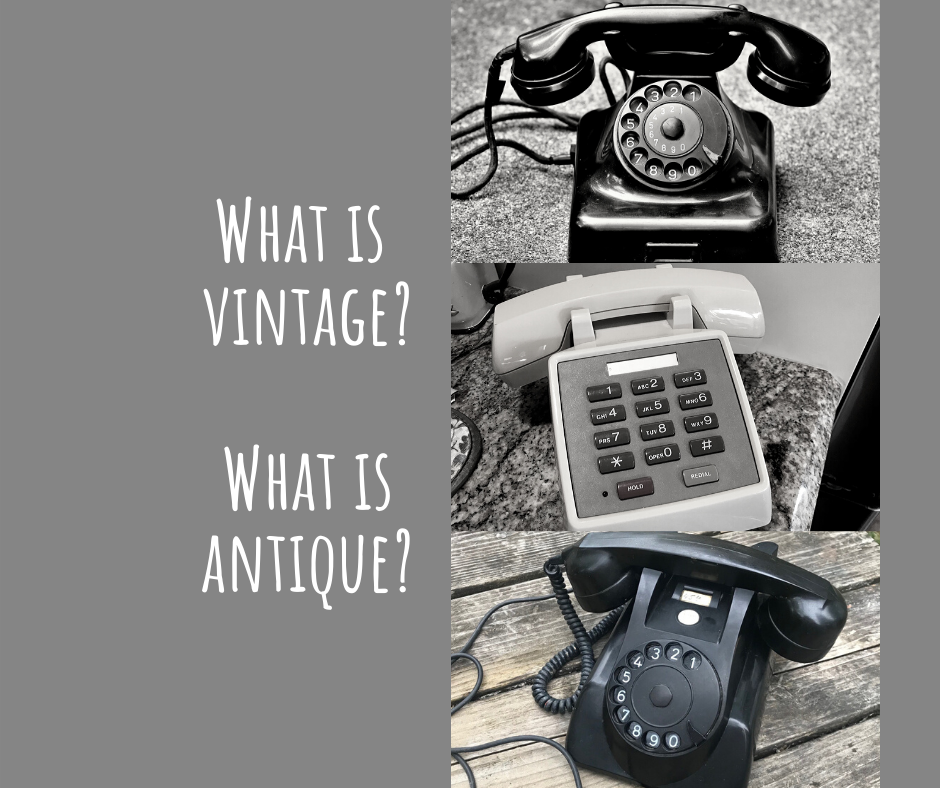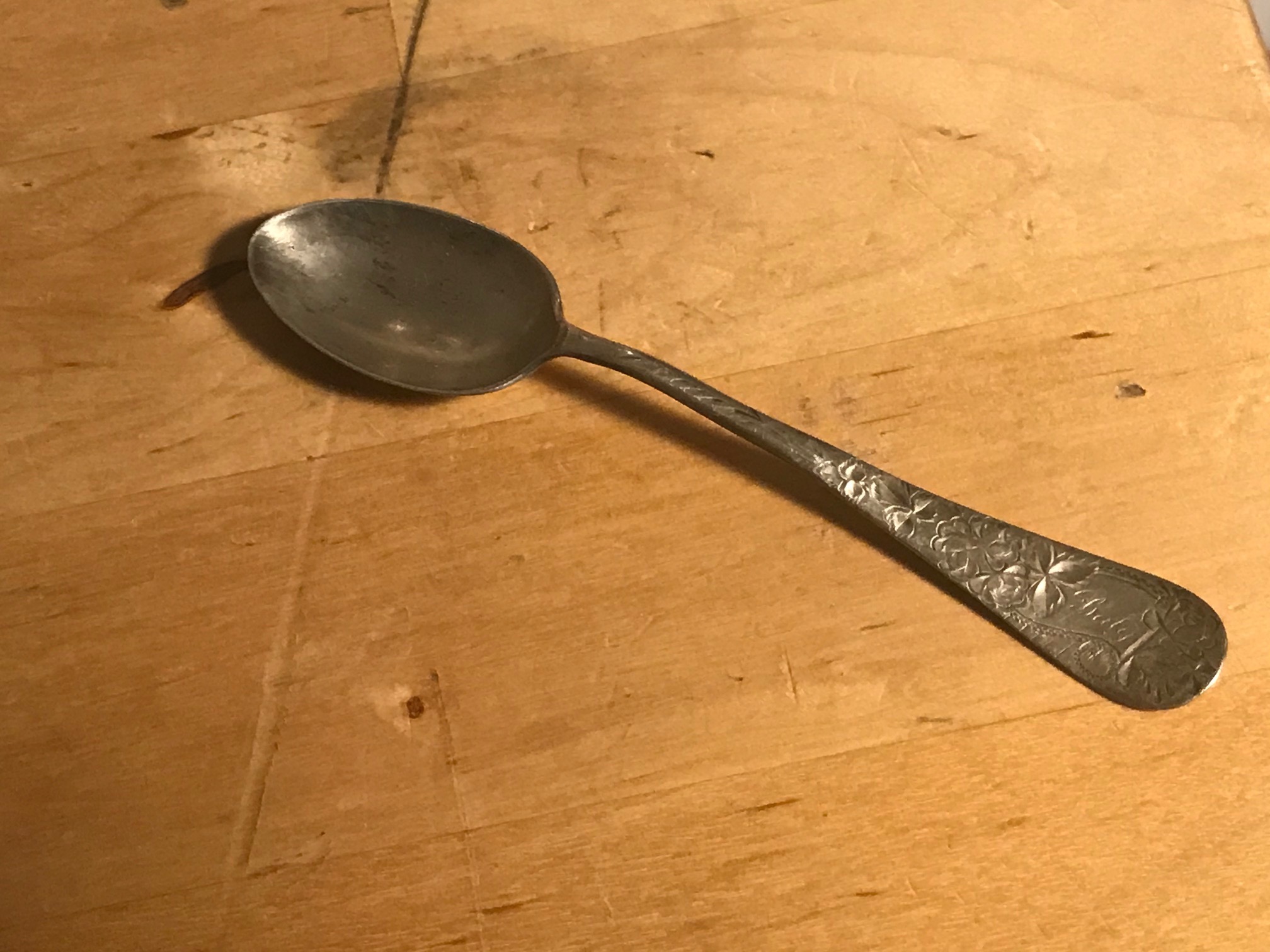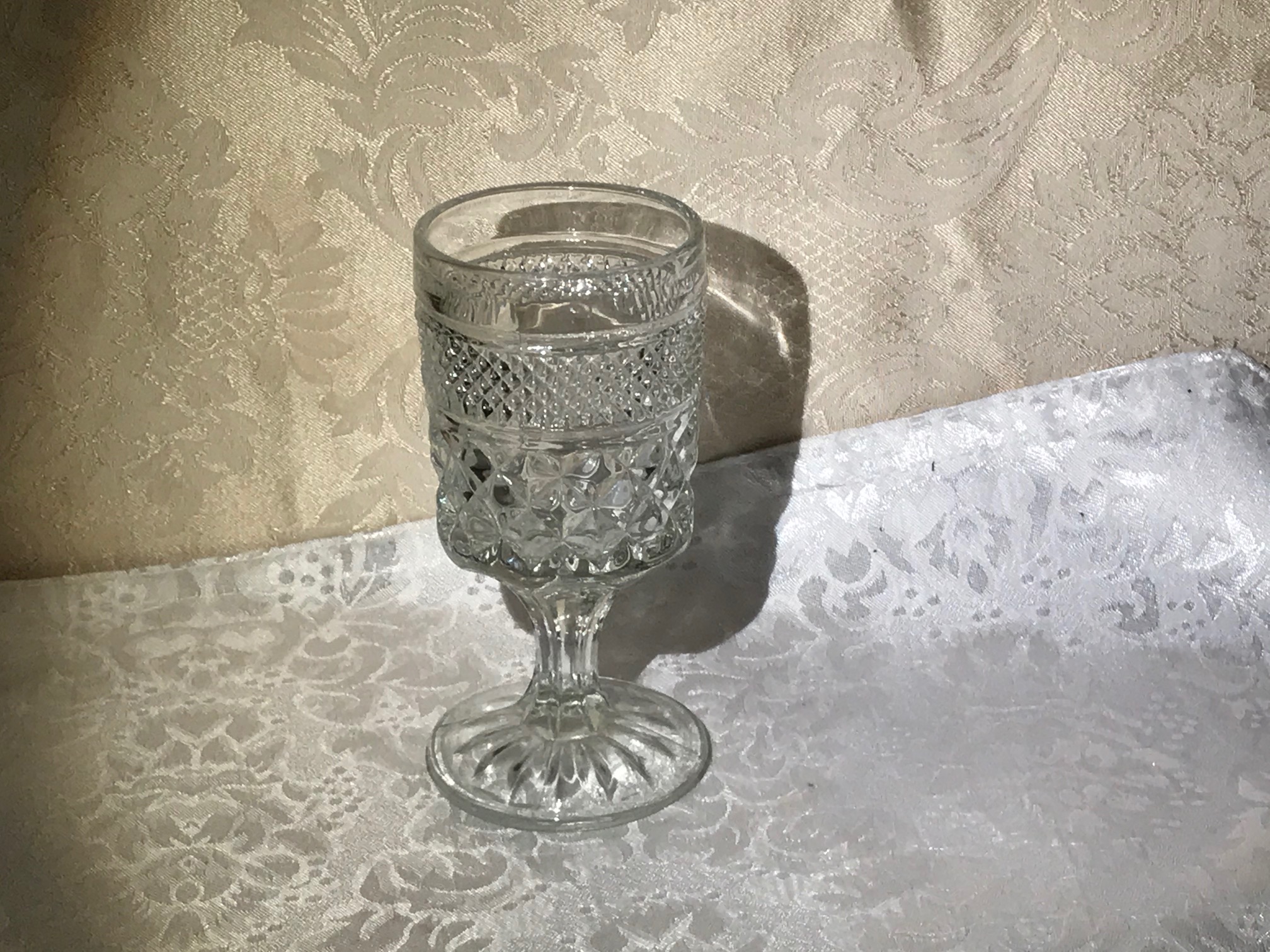What is vintage? What is antique? Some definitions to help you determine if your cherished items are likely to be toxic or not!
 What do you mean by “Vintage” here on this website?
What do you mean by “Vintage” here on this website?
Many of the objects I test and write about on this blog are noted to be either “vintage” or “antique” I especially use these terms when I don’t know the exact year of production for the specific item tested – but can “guesstimate” the age, based on other factors (factors including: my knowledge of / experience with a particular manufacturer. model line, or subcategory of goods; color scheme; design style; materials used; manufacturer name and/or markings; and country of manufacture.)
What is vintage? What is antique?
I often get the questions “What constitutes ‘vintage‘?” and “What constitutes ‘antique‘?” In my use of these terms here on this blog, I go with the generally-accepted definitions (in the world of collectables):
- Vintage: Older than 20 years old (or older than 25 years old, in some cases.)
- Antique: 100 years old or older.
Some basic definitions (from other websites) for context:
- “Antique” is generally defined as follows: “The rule of thumb used by most antique dealers is that anything about 100 years or older is an antique. Items that are old, but not quite that old, are called vintage.” (Quote from Mental Floss)
- “Vintage” is generally defined as follows: “It is an object that represents a previous era or time period in human society. An item should be at least 100 years old to be defined as an antique. Generally speaking if the item is no older than an antique but not less than 20 years, it falls under the term vintage.” (Quote from Retro Kids.)
Since it is currently – at the time of writing this post – the year 2020, and most of us cannot begin to take in the idea that an item made in the year 2000 should be considered “vintage“… there is some dispute around how the term vintage should be used. Collectors of certain items often bump the definition back by 5 years — agreeing that anything 25 years or older should be considered vintage. So as of the moment of writing this blog post, anything made from 1995 to 2000 or earlier (but after 1921) is vintage, and anything made in 1921 or earlier should be considered to be antique.
Two examples:
Here’s an antique silver baby spoon (made sometime between 1895 and 1900):
Here’s a vintage wine glass (made sometime between 1967 and 1998):
As always, thank you for reading and sharing my posts. Please let me know if you have any questions.
Tamara Rubin
Lead Safe Mama
Never Miss an Important Article Again!
Join our Email List





Hi Tamara! My grandmother had beautiful painted dishes displayed on the wall that I always loved and I had my mom save them for me once I got a house. After reading your blogs and posts, I worry they were painted with lead paint, which is pretty likely. Is it safe to even display items that could have lead paint on them when there are children in the house? (Like hanging them on the wall)